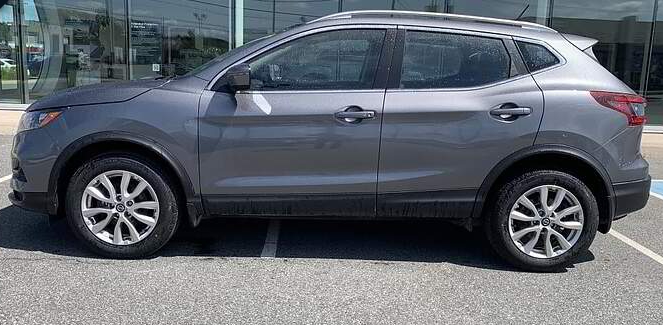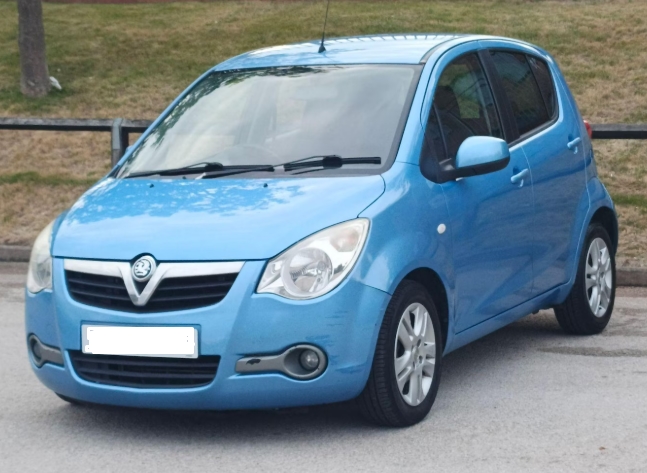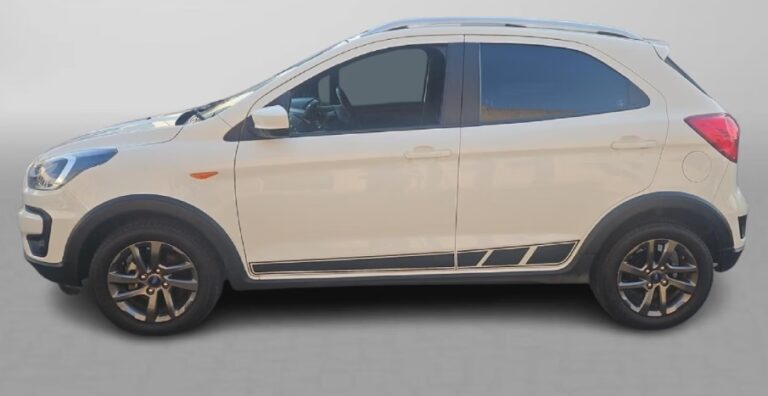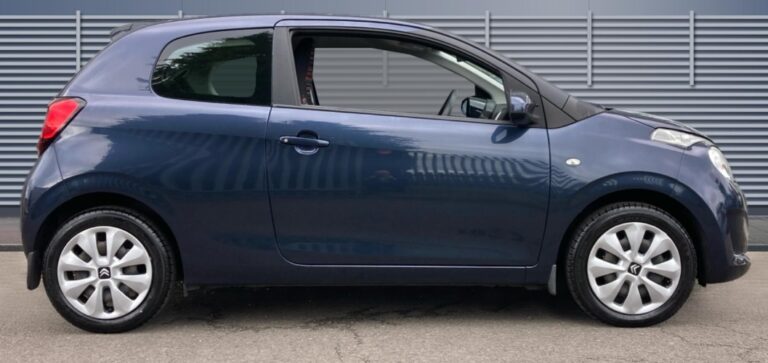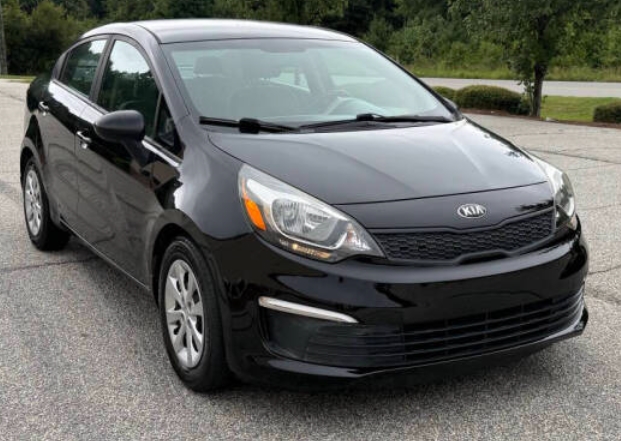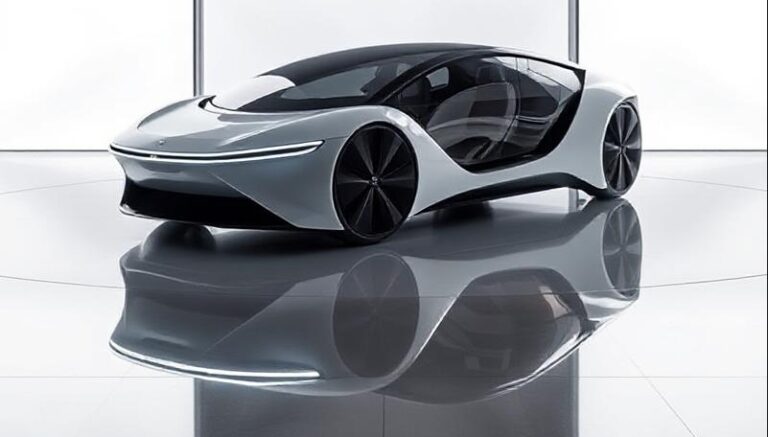The Evolution of the Nissan Qashqai
The Nissan Qashqai has established itself as a pivotal model in the compact crossover SUV segment, blending practicality, modern design, and innovative technology. Since its debut in 2006, the Qashqai has undergone significant transformations, reflecting advancements in automotive engineering, changing consumer preferences, and Nissan’s strategic vision. This article provides a detailed overview of the Nissan Qashqai’s evolution, covering its production years, various models, and trim levels through the years.
First Generation (2006–2013)
Introduction and Development
Launched in 2006, the Nissan Qashqai was initially conceived as a compact crossover to combine the practicality of a hatchback with the versatility of an SUV. It was developed under the codename “M3” and was based on Nissan’s CMF (Common Module Family) platform, sharing components with the Nissan Note and Renault Megane.
Market Launch and Initial Models
The first-generation Qashqai made its debut in Europe in 2006, quickly gaining popularity for its innovative design and value proposition. The model was primarily available in three-door and five-door hatchback formats, with the five-door being the more popular choice.
Trim Levels and Features
At launch, the first-generation Qashqai was offered in several trim levels, which varied by market:
- Visia: The base trim, offering essential features such as air conditioning, CD player, and electric front windows.
- Acenta: Added alloy wheels, cruise control, and upgraded interior materials.
- Tekna: The range-topping trim, including features like leather upholstery, panoramic sunroof, parking sensors, and a premium audio system.
Powertrains
Initially, the Qashqai was offered with a range of petrol and diesel engines:
- Petrol: 1.6-liter (HR16DE) and 2.0-liter (MR20DE) engines.
- Diesel: 1.5-liter dCi and later a 2.0-liter dCi.
Facelift and Updates
In 2009, Nissan introduced a facelift to the Qashqai, featuring:
- Revised front grille and bumpers.
- Improved interior quality.
- Enhanced safety features like additional airbags and stability control.
The trim levels remained largely consistent, but some markets introduced new options such as the “N-Connecta” to cater to evolving customer preferences.
Second Generation (2014–2022)
Development and Launch
The second-generation Nissan Qashqai was unveiled in 2013 at the Geneva Motor Show and went on sale in 2014. Built on an updated version of the CMF platform, this iteration marked a significant leap forward in design, technology, and safety.
Design and Features
The new Qashqai adopted a more refined, modern exterior with sharper lines and a more aerodynamic profile. Inside, it featured a more sophisticated cabin with higher-quality materials, an infotainment system compatible with Apple CarPlay and Android Auto, and improved driver assistance features.
Trim Levels Across Markets
The second-generation offered various trims, often tailored per market:
- Visia: Basic equipment, including climate control, Bluetooth, and a basic infotainment system.
- Acenta: Added alloy wheels, rear parking sensors, and a better infotainment setup.
- N-Connecta: Introduced a larger touchscreen, keyless entry, and a panoramic sunroof.
- Tekna: The flagship trim, offering leather upholstery, advanced safety features, and a premium audio system.
- Tekna+ / Tekna Premium: Some markets offered an even higher trim level with additional luxury features like heated seats, around-view cameras, and Bose premium sound.
Powertrains and Variants
The second-generation Qashqai exclusively used turbocharged petrol and diesel engines, including:
- 1.2-liter DIG-T petrol (later replaced or supplemented by higher capacity options).
- 1.3-liter DIG-T petrol.
- 1.5-liter dCi diesel.
- 1.6-liter dCi diesel.
Nissan also introduced a mild-hybrid system in some markets to improve fuel efficiency.
Special Editions and Variants
Throughout its production, Nissan released special editions such as:
- Qashqai Tekna+ with added luxury features.
- Qashqai N-Design: Sportier styling cues.
- Qashqai Black Edition: Featuring blacked-out exterior elements.
Facelifts and Mid-Cycle Updates
In 2017, Nissan launched a mid-cycle refresh, featuring:
- Updated grille and front bumper.
- New LED headlights.
- Improved infotainment.
- Additional safety features like ProPILOT assist in some markets.
Third Generation (2022–Present)
Introduction and Design Philosophy
The third-generation Nissan Qashqai was unveiled in 2021 and went on sale in 2022. It represents a complete overhaul, emphasizing efficiency, advanced technology, and a more refined design language. Built on the latest CMF-C platform, it offers improved handling, comfort, and safety.
Exterior and Interior
The new Qashqai features a bold, modern exterior with a prominent V-motion grille, sleek LED lighting, and cleaner lines. Inside, the cabin boasts a minimalist design, featuring a large, curved digital dashboard combining a digital instrument cluster and infotainment system, along with high-quality materials and improved ergonomics.
Trim Levels and Equipment
The third-generation Qashqai offers a range of trims, which may include:
- Visia: Entry-level with basic features like LED daytime running lights, rear parking sensors, and a 7-inch touchscreen.
- Acenta: Adds larger wheels, fog lights, and upgraded interior features.
- N-Connecta: Incorporates a larger touchscreen (up to 9 inches), heated seats, and advanced driver-assistance systems.
- Tekna: The top-tier trim, offering leather upholstery, panoramic sunroof, premium audio, and advanced safety tech such as adaptive cruise control with lane keep assist.
- Tekna+ / Platinum: Some markets offer additional luxury features, including head-up displays and surround-view cameras.
Powertrain Options
The latest Qashqai emphasizes electrification:
- Mild-Hybrid Systems: 1.3-liter turbocharged petrol engines equipped with 12V or 48V hybrid systems to improve efficiency.
- E-Power Hybrid: A unique series hybrid setup with a petrol engine acting as a generator powering an electric motor, providing smooth, electric-like driving.
- Diesel Options: Continued availability of 1.7-liter and 1.5-liter dCi engines in certain markets, though gradually phased out.
Technology and Safety
The third-generation Qashqai is equipped with Nissan’s ProPILOT Assist, a semi-autonomous driving aid, along with other safety features like blind-spot warning, rear cross-traffic alert, and intelligent lane intervention.
Market Variants
In some regions, Nissan offers specific models tailored to local preferences, including sportier N-Design variants and special editions that emphasize style or technology.
.
RepairSurge Online Repair Manuals Replace Bulky Books With Reliable Digital Information!
Faster And Cheaper Than Traditional Printed Manuals, Users Get Instant Access To The Repair Information They Need For Any Car, Truck, Van or SUV:
.
Summary of Models and Trim Levels Over the Years
| Generation | Years Produced | Notable Models & Trims | Key Features & Highlights |
|---|---|---|---|
| First | 2006–2013 | Visia, Acenta, Tekna | Basic to premium trims, facelift in 2009, petrol/diesel engines |
| Second | 2014–2022 | Visia, Acenta, N-Connecta, Tekna, Tekna+ | Advanced tech, facelift in 2017, hybrid options in select markets |
| Third | 2022–Present | Visia, Acenta, N-Connecta, Tekna, Tekna+ | Electrified powertrains, high-tech interior, semi-autonomous driving |
Conclusion
The Nissan Qashqai’s evolution exemplifies its adaptability and continuous innovation within the competitive compact SUV segment. From its modest beginnings in 2006, it has grown into a sophisticated, technology-rich vehicle that balances style, efficiency, and practicality. The progressive updates across three generations underscore Nissan’s commitment to meeting evolving customer demands, embracing electrification, and enhancing safety and connectivity.
As the Qashqai moves forward, it is poised to remain a dominant player in its class, reflecting Nissan’s strategic focus on crossover and SUV markets worldwide. Its trajectory highlights a blend of innovative design, technological advancement, and customer-centric features—principles that have cemented its reputation over the years.
